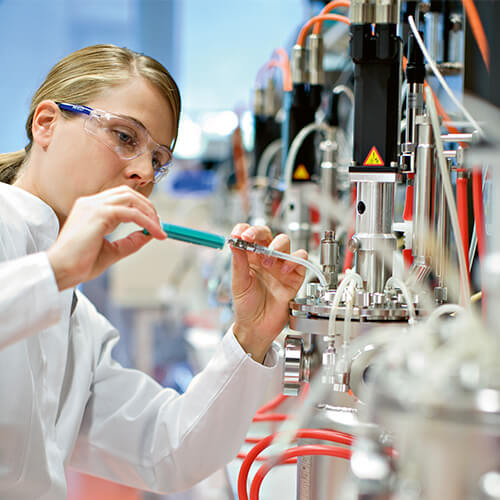
Europe
The state of Germany's economy
Praise and criticism: A US and a French economist talk about Germany as an industrial location.

Evonik Digital
Digital Pacemakers
The new subsidiary Evonik Digital GmbH is reinforcing digitalization within the Group. A visit to an agile think tank.

Digitalization
Close to Core Business
Henrik Hahn, Evonik’s Chief Digital Officer, talks about the role played by digitalization in the chemical industry.

Digitalization
Digitalization harbors many opportunities
Jens Monsees, head of digital strategy at BMW, on the opportunities of digitalization for the german industry.
ELEMENTS Newsletter
Get fascinating insights into the research Evonik is conducting, and its social relevance, by subscribing to our free newsletter.



